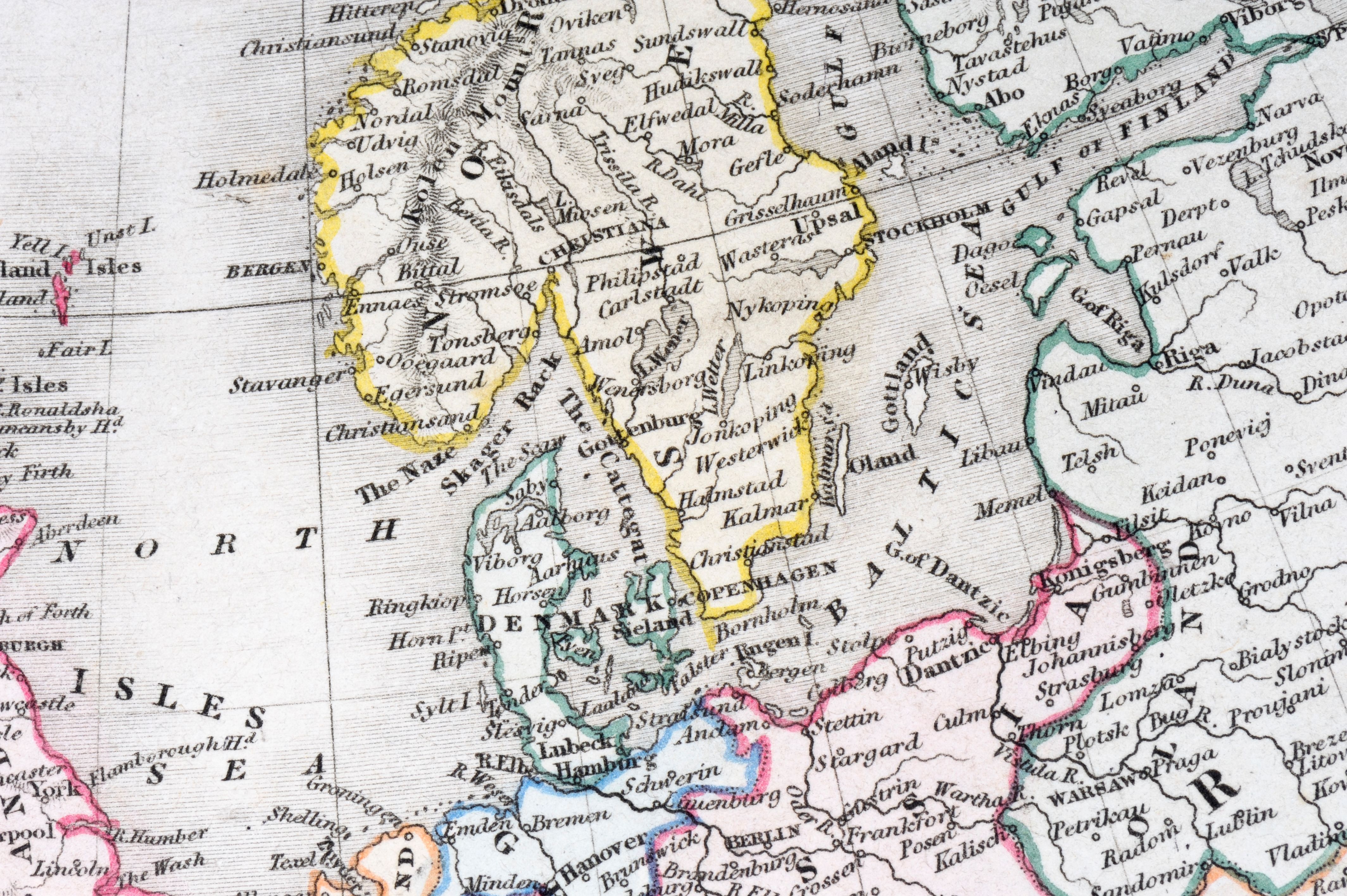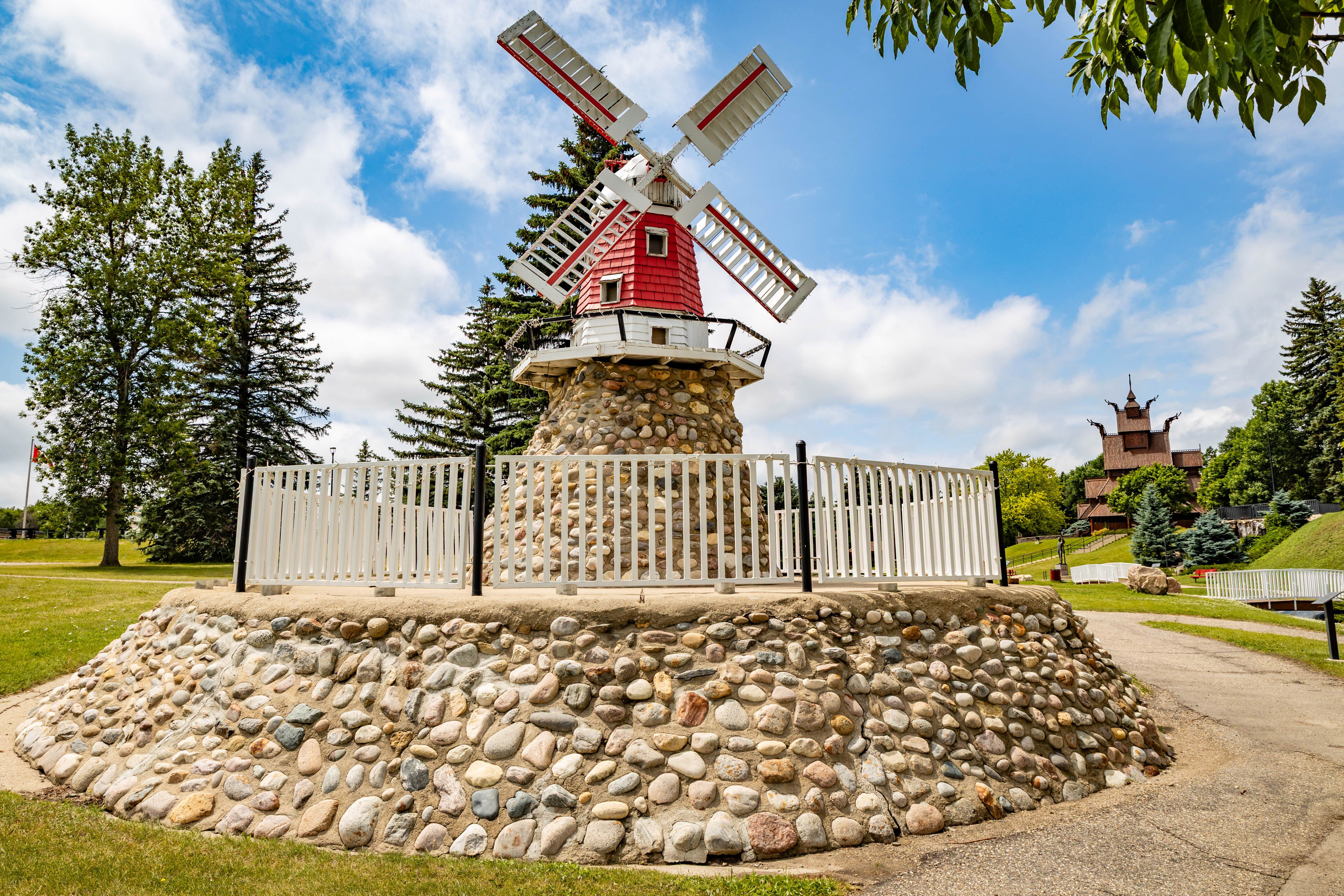Denmark vs Sweden: A Comparative Analysis
RR
Geographical and Demographical Overview
Denmark and Sweden, two of the most iconic Scandinavian countries, are often compared due to their geographical proximity and cultural similarities. Denmark is a smaller country located on the Jutland Peninsula and several islands, while Sweden occupies a large part of the Scandinavian Peninsula. The population of Denmark is around 5.8 million, whereas Sweden is home to approximately 10.4 million people.

Climate and Natural Beauty
The climate in Denmark is generally milder, with cool summers and mild winters, influenced by its proximity to the sea. Sweden, on the other hand, experiences more varied weather conditions, with cold, snowy winters in the north and milder climates in the south. Both countries boast stunning natural landscapes, from Denmark’s picturesque coastlines to Sweden’s dense forests and majestic mountains.
Cultural Heritage and Language
Both Denmark and Sweden have rich cultural heritages that are deeply rooted in Viking history. Despite their shared past, the two countries have distinct languages. Danish and Swedish are both North Germanic languages, yet each has its own unique pronunciation and vocabulary. While mutual understanding can sometimes be challenging, many Danes and Swedes can communicate with each other effectively.

Economy and Industry
The economies of Denmark and Sweden are robust and well-developed, characterized by high standards of living and strong social welfare systems. Denmark's economy is largely driven by sectors like pharmaceuticals, renewable energy, and agriculture. In contrast, Sweden is known for its automotive industry, telecommunications, and technology sector.
Both countries are members of the European Union; however, they maintain their own currencies—Danish Krone and Swedish Krona. This independence allows them to tailor monetary policies to fit their economic needs.
Education and Innovation
Education is a priority in both Denmark and Sweden, with each country offering free education to its citizens up to university level. Denmark is renowned for its focus on creativity and critical thinking, while Sweden emphasizes research and innovation. Both nations rank highly in global education indices.

Social Systems and Quality of Life
The social systems in Denmark and Sweden are designed to provide comprehensive support to their citizens. Both countries offer universal healthcare, generous parental leave policies, and strong pension systems. This focus on social welfare contributes to a high quality of life, reflected in their top rankings in global happiness surveys.
Tourism and Travel
Tourism plays a significant role in the economies of both nations. Denmark attracts visitors with its charming cities like Copenhagen, known for its historic architecture and vibrant cultural scene. Sweden offers diverse experiences, from the cosmopolitan life of Stockholm to the natural wonders of Lapland.

Cuisine and Gastronomy
Danish cuisine is famous for smørrebrød (open-faced sandwiches) and pastries like the famous Danish. Meanwhile, Swedish cuisine is renowned for dishes like meatballs and gravlax (cured salmon). Both countries have embraced new Nordic cuisine, which focuses on seasonal ingredients and sustainability.
In conclusion, while Denmark and Sweden share many similarities as neighboring Scandinavian countries, they also possess unique attributes that make each one special. From language to lifestyle, exploring these differences offers a deeper appreciation of their vibrant cultures.